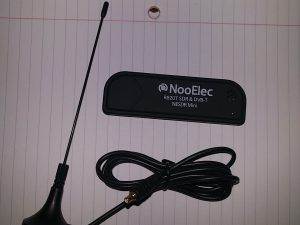I recently took the SANS Security 487, Open-Source Intelligence (OSINT) Gathering and Analysis, course with Micah Hoffman. Now, I need to get started on the associated GIAC Open Source Intelligence (GOSI) exam prep.
When I put my training request in, my manager pointed out I could probably pass the exam without the course. Maybe my manager was right, but I like a good refresher course every once in a while.



